- Home
- News Releases
- Back Issues
- October FY2024
- New Designation of Sado Mumyoi-Yaki and Izumi Glass as Traditional Crafts under the Act on the Promotion of Traditional Craft Industries
New Designation of Sado Mumyoi-Yaki and Izumi Glass as Traditional Crafts under the Act on the Promotion of Traditional Craft Industries
October 17, 2024
On October 17, 2024, Minister of Economy, Trade and Industry newly designated the following crafts as traditional crafts as defined in the Act on the Promotion of Traditional Craft Industries (hereinafter called the "Act"): Sado Mumyoi-Yaki (ceramics) and Izumi Glass (glassware).
1. New designation of traditional crafts
On August 20, 2024, the Traditional Craft Designation Subcommittee of the Commerce, Distribution and Information Committee under the Industrial Structure Council held discussions on two crafts and decided to newly designate them as traditional crafts. The crafts are Sado Mumyoi-Yaki of Sado City, Niigata Prefecture, and Izumi Glass of Izumi City, Osaka Prefecture. On October 17, 2024, this designation was announced by a public notice and the crafts have been listed accordingly as items designated by METI. The number of designated traditional crafts now comes to 243.
By becoming designated items, these crafts can use the name "traditional craft.” In addition, producers’ associations and other related organizations can receive Subsidies to Support Traditional Craft Industries for such efforts as fostering successors and cultivating demand by formulating promotion plans and having them authorized. It is expected that the utilization of subsidies by the support measures will promote the development of production areas as well as the traditional craft industries as a whole.
Reference: Details of the Act on the Promotion of Traditional Craft Industries
The Act aims to provide enriched and prosperous lives to the public and contribute to the succession of traditional technologies and techniques to the next generation, as well as to the economic development and creation of employment in various regions across Japan, through the promotion of traditional craft industries. The Act stipulates the requirements that a craft should satisfy to be designated as a traditional craft.
The craft in question should be:
- used mainly for everyday life;
- hand-crafted for the major part of the manufacturing process;
- manufactured by traditional technologies or techniques;
- mainly made of raw materials that have been used traditionally to manufacture the craft; and,
- manufactured by quite a few people in a particular area or manufactured with a process in which quite a few people in the area are engaged.
2. Outline of the newly designated crafts
1. Sado Mumyoi-Yaki (Sado Mumyoi-Yaki No Kai)
- Sado Mumyoi-Yaki (Mumyoi Ware) is a type of pottery characterized by techniques developed during the Edo period.
- This pottery is created by firing red clay known as mumyoi do, which is rich in iron oxide and sourced from the Sado mines. Its distinguishing characteristics include a finer particle composition compared to other types of porcelain clay and a high shrinkage rate.
- The clay used in Mumyoi Ware shrinks by as much as about 30% during the process from molding to firing, making it very hard and tight. For this reason, artisans need to have a high level of skill to work with this clay.
- The traditional techniques of creating Mumyoi Ware have been passed down from generation to generation. Today, there are 26 Mumyoi Ware artisans and 11 different pottery studios that remain in operation.
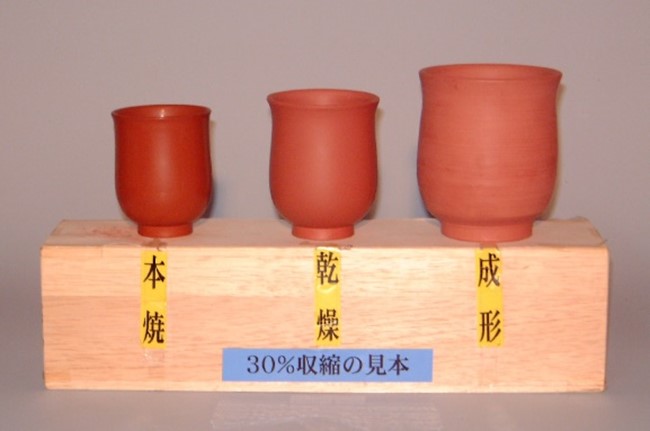
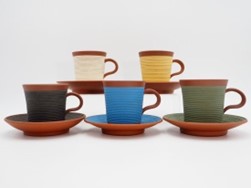
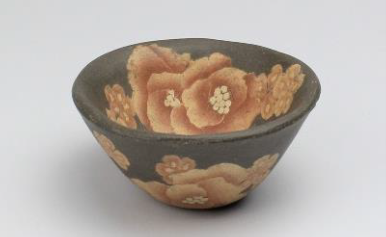
2. Izumi Glass (Japan Imitation Pearl and Glass Article's Association)
- Izumi Glass is a glassware manufacturing technology that was introduced from outside Japan in the second half of the 19th century, and its techniques were established at the beginning of the 20th century.
- This glass work is characterized by a low melting point due to using soft glass as a raw material, being manufactured through lamp-working with kerosene lamps, and achieving a wide variety of colors because the material enables a wide range of temperature adjustment. As the glass is rolled up for molding, the craftspeople need to have a high skill level.
- The traditional techniques have been passed down, and there are 82 craftspeople today.
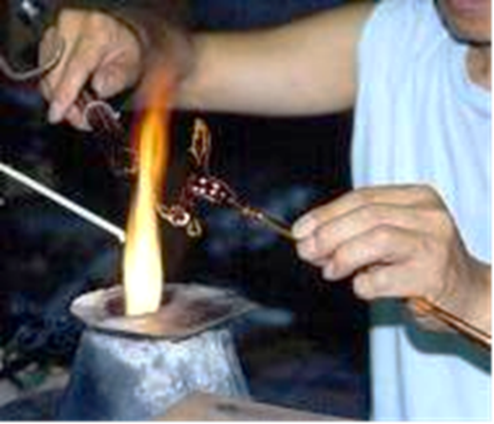
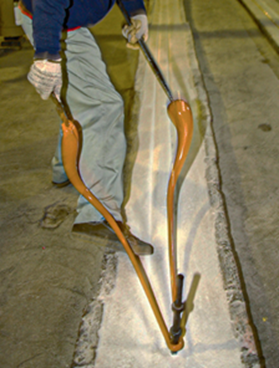
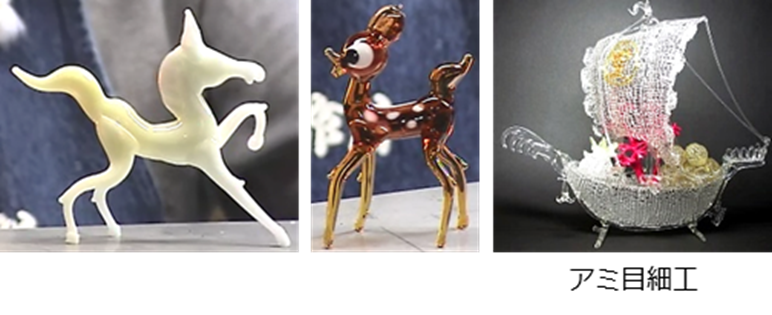
Related Material (in Japanese)
- References 1 and 2: The latest newly designated crafts and excerpts of the related provisions of the Act(PDF:99KB)

- Reference 3: List of designated crafts(PDF:284KB)

Related Link
Division in Charge
Traditional Craft Industry Office, Culture & Creative Industries Division, Commerce and Service Industry Policy Group